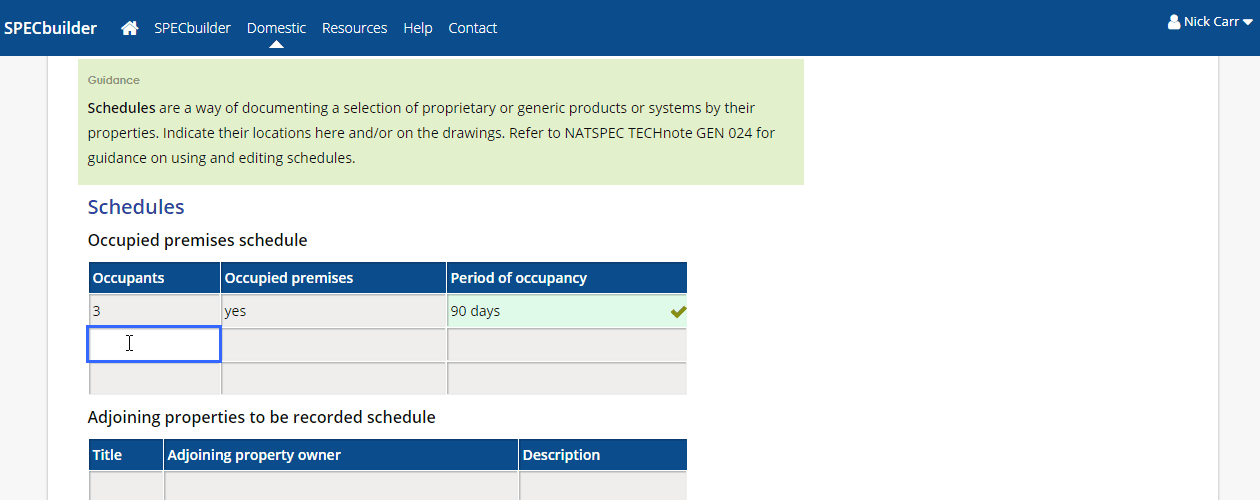Website architecture patterns
This document provides some direction regarding the factors to consider when implementing a specialized interface for processing PSML content. In this context, processing or PageSeeder functionality.
Background
There are many use cases where it is preferable for some users to interact with PageSeeder content or processing capabilities through a more specialized interface. Examples include:
- Where a basic interface can improve productivity, reduce training, improve quality or lower risk.
- When the permission model for viewing content is not the same as the model required for editing:
- For example, a subject matter expert writing training material to support both teachers and students.
- To allow parts of the system to be specialized or isolated without customizing the native interface.

Native interface

Specialized interface
When this happens, the Berlioz developer framework provides a straightforward mechanism for extending PageSeeder using infrastructure and technologies that are familiar to many developers.
Overview
Websites architectures based on PageSeeder and Berlioz can be prioritized for characteristics such as the following:
- Simplicity of setup (direct connection).
- Better performance, rich semantic index/search, faceted browsing, multi-level editorial process (publish model).
- Horizontal scalability, distributed content and security (REST API).
Issues that require consideration are:
- Security model
- users
- content
- File system
- URL model
- Content lifecycle
- editorial workflow
- revisions / versions
- user interactions
- dependencies
- data loading
- Search
- semantic richness
- User interface
- personalization
- messaging
- user generated content
- delivery paltforms
- Developer interface
- access
- Admin interface
- logging